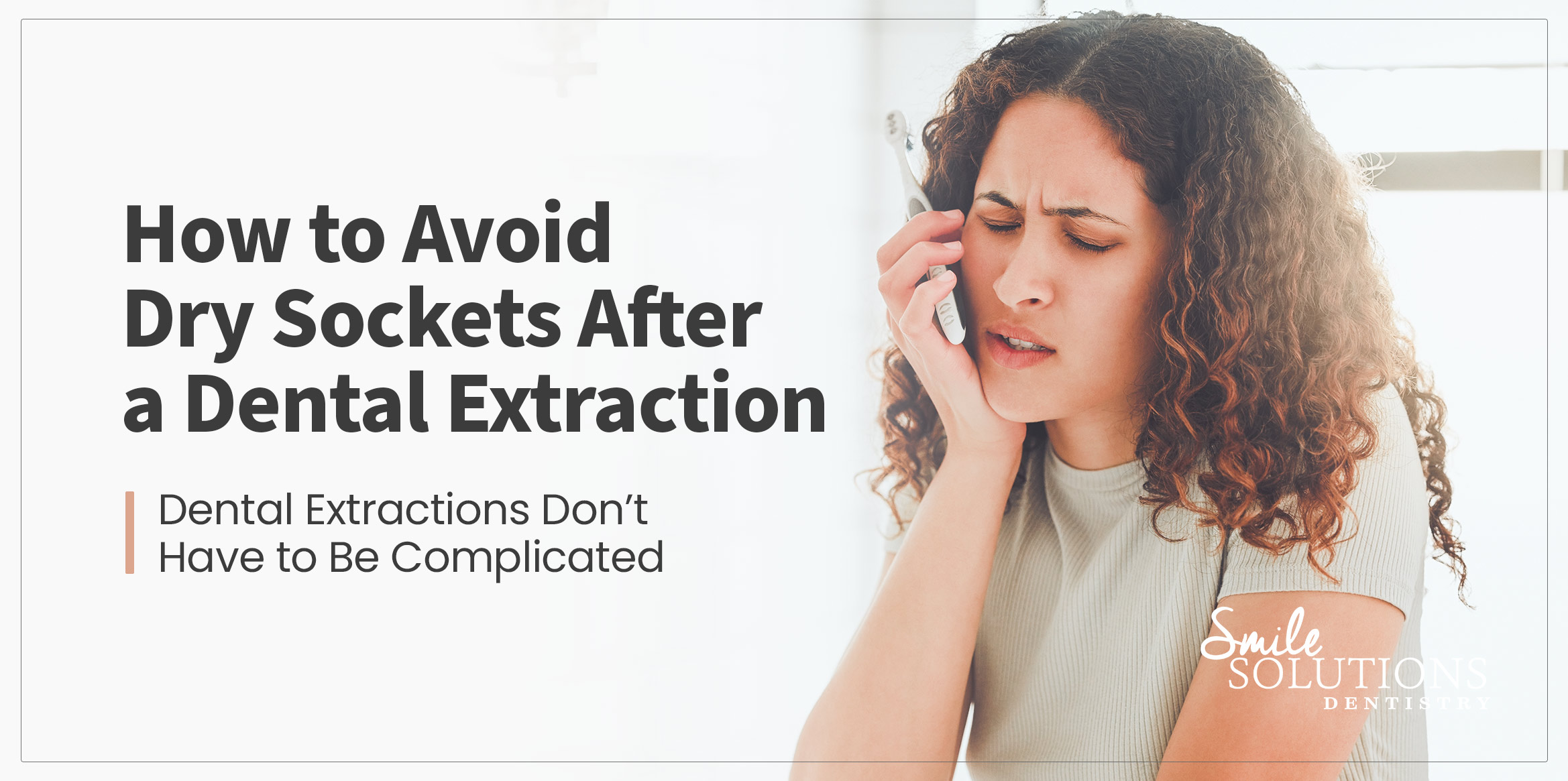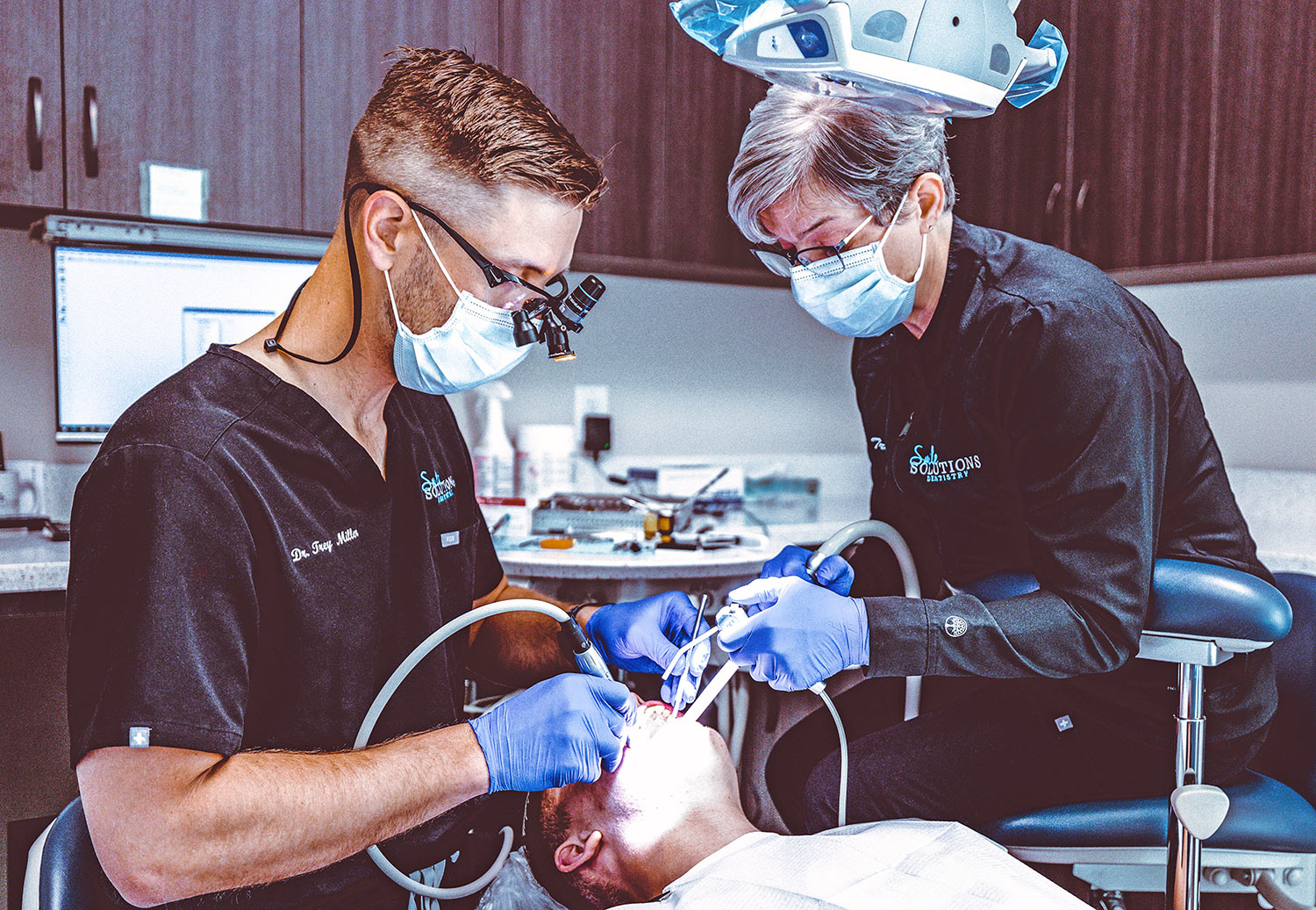How to Avoid Dry Sockets After a Dental Extraction
Having a dental extraction can be an intimidating experience, but knowing how to prevent and treat dry sockets afterward can help relieve some of the stress associated with the procedure. Dry sockets are one of the most common complications that can occur after a dental extraction, and understanding what causes them and how to avoid them can help make the recovery process smoother.
Dry socket symptoms may include bad breath, an unpleasant taste in your mouth, swelling around the extraction site, and difficulty opening your mouth or eating certain foods.
What is a Dry Socket?
A dry socket is an area of exposed bone within your jaw that occurs following a tooth extraction. This happens when the protective layer of tissue inside your mouth fails to form over the empty socket in the jawbone. It usually occurs within three days after a tooth is pulled out and can be quite painful. The most common symptom of a dry socket is sudden, intense pain in the area where your tooth was removed. Other symptoms may include bad breath, an unpleasant taste in your mouth, swelling around the extraction site, and difficulty opening your mouth or eating certain foods.
Preventing Dry Sockets
The best way to prevent dry sockets is by following your dentist’s instructions carefully after having any type of dental procedure done. This includes avoiding smoking for several days before and after your dental extraction as well as rinsing your mouth with warm salt water regularly for at least two weeks following the procedure. You should also avoid drinking from straws or using other sucking motions in order to keep food debris from entering into the empty socket; this will reduce your risk of infection as well as decrease any chances of developing a dry socket. Additionally, it’s important to keep up with good oral hygiene practices by brushing and flossing regularly in order to ensure that you’re not putting yourself at risk for developing any other issues such as cavities or gum disease.
Treating Dry Sockets
If you do develop a dry socket, it’s important to contact your dentist right away so they can determine what treatment options are best for you. Treatment typically involves cleaning out any food particles or debris from the affected area as well as applying medicated dressings directly into the empty socket in order to promote healing and reduce inflammation and pain. In some cases, antibiotics may also be prescribed if there is evidence of infection present in order to speed up recovery time. Additionally, over-the-counter pain relievers such as ibuprofen may also be recommended by your dentist in order to help manage discomfort associated with dry sockets until they fully heal up on their own.
Conclusion
Dry sockets can be uncomfortable and even painful for those who have recently undergone dental extractions; however, understanding what causes them and taking steps to prevent them can help reduce their occurrence significantly. Taking proper care of yourself before during and after dental extractions by avoiding smoking, drinking through straws or engaging in other sucking motions, rinsing with salt water regularly afterwards ,and keeping up with good oral hygiene practices like brushing twice daily and flossing once daily can all go a long way towards helping you avoid this complication altogether! If you do develop a dry socket however, it’s important that you contact your dentist right away so they can provide you with appropriate treatment options tailored specifically for you!




